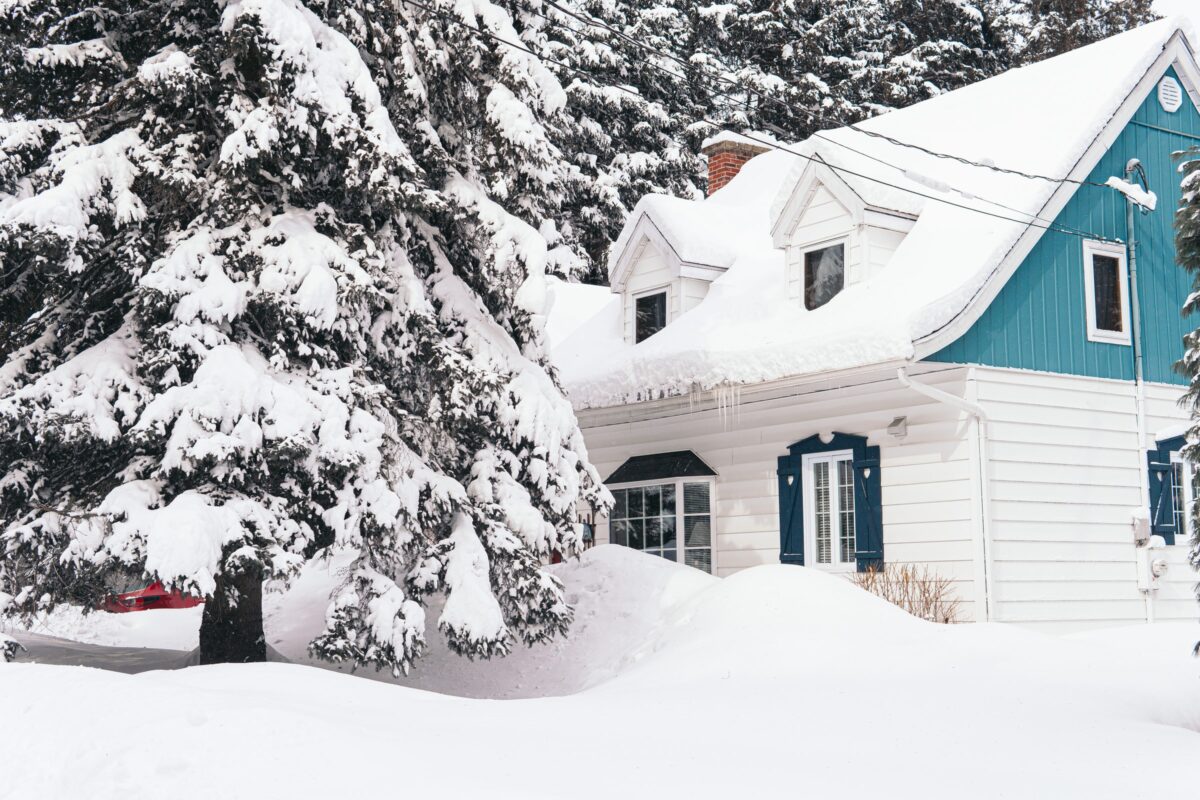Since the time Europeans found the platypus in the last part of the 1700s, the peculiar, duck-charged, semi-amphibian animal has confounded specialists.
The animal, with its innocuous duck-like bill, webbed feet, lower leg spikes loaded with toxin, and sparkling hide, dazed scientists with its appearance alone, well before it was found that it could both lay eggs and produce milk for its young.
Current scientists are as yet attempting to see how the platypus, to a great extent viewed as the world’s most peculiar vertebrate, became – as of not long ago.
Unexpectedly, analysts at the University of Copenhagen have planned a total platypus genome, giving responses to how a portion of the platypus’ peculiar highlights arose.
The platypus has a place with an antiquated gathering of vertebrates – monotremes – which existed a long period of time before the rise of any current warm blooded creature.
By contrasting the platypus’ genome and that of one of the lone other living monotreme species, the short-hooked echidna, specialists can fabricate a superior comprehension of the qualities that prompted the animals’ unmistakable attributes.
“To be sure, the platypus has a place with the Mammalia class. In any case, hereditarily, it is a combination of well evolved creatures, winged animals and reptiles. It has protected a significant number of its precursors’ unique highlights – which likely add to its achievement in adjusting to the climate they live in,” teacher Guojie Zhang, University of Copenhagen specialist, said in a public statement.
Monotremes are most popular for their exceptional capacity to both lay eggs and medical attendant their young whenever they’ve incubated.
Scientists note that one of the platypus’ most abnormal attributes is its capacity to take care of its brought forth youthful by discharging milk through its perspiration.
As indicated by the exploration, distributed for the current week in the diary Nature, during our own development, people lost their vitellogenin qualities, which are significant for the creation of egg yolks. Chickens, for instance, have each of the three of these qualities. All things considered, we created casein qualities, which are liable for our capacity to deliver casein protein, a significant segment in mammalian milk.
Platypuses actually convey one vitellogenin quality, notwithstanding having lost the other two around 130 million years back, which permits them to lay eggs. However, they likewise convey the casein qualities, permitting the animals to create milk that is fundamentally the same as cow’s milk.
“It illuminates us that milk creation in all surviving well evolved creature species has been created through similar arrangement of qualities got from a typical precursor which lived in excess of 170 million years prior, close by the early dinosaurs in the Jurassic time frame,” Zhang said.
The exploration has additionally revealed insight into perhaps the most confusing platypus themes – deciding the animals’ sex.
All other mammals on earth, including people, have two sex chromosomes. However, the platypus has 10, including five Y and five X chromosomes.
Scientists currently accept the chromosomes were coordinated in a ring structure, which was later split away into numerous little bits of X and Y chromosomes in old monotreme precursors.
Simultaneously, the genome planning uncovers that the monotreme sex chromosomes share more practically speaking with chickens than with people, proposing a developmental connection among warm blooded animals and feathered creatures.
“Interpreting the genome for platypus is significant for improving our comprehension of how different warm blooded creatures developed, including us people,” clarified Zhang of the Department of Biology.
“It holds the key with regards to why we and other eutherian vertebrates advanced to become creatures that bring forth live youthful rather than egg-laying animals.”




